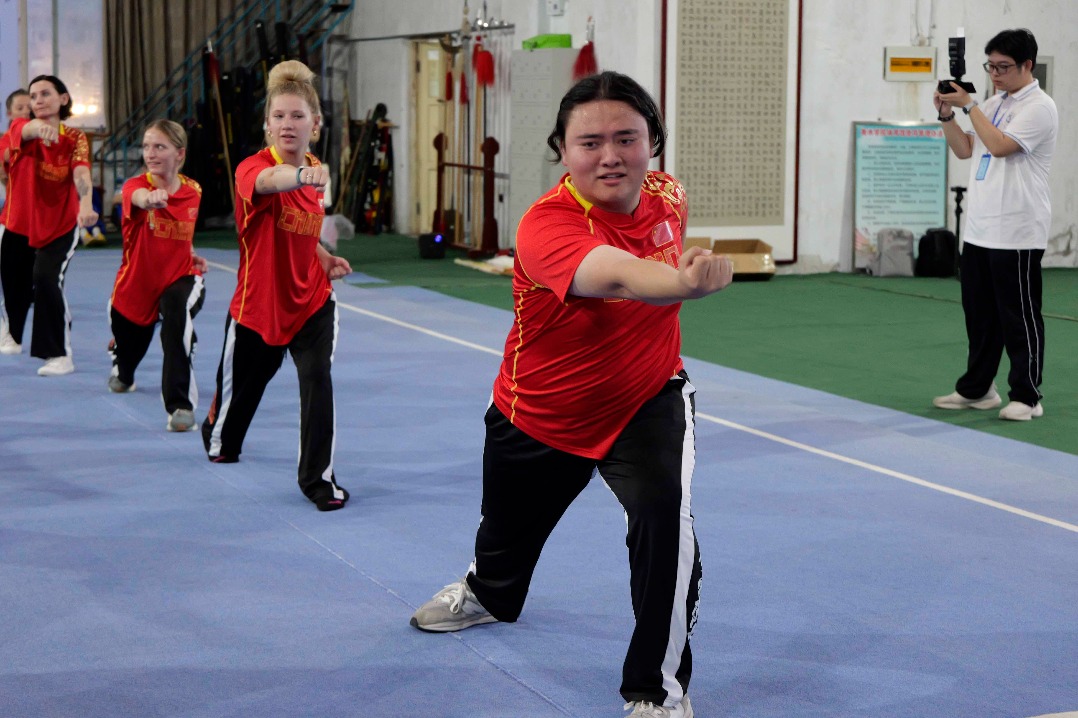Exhibition jogs nation's collective memory

Food coupons
In the days when China operated a planned economy, people used a variety of coupons to obtain everything from food to appliances.
Food coupons were among the first batch of negotiable securities issued by the government. From the 1950s to the '80s, a period of severe shortages, the coupons ensured that every family received its fair allocation of food.
"My grandfather and I waited in line to buy rice coupons on the 24th of each month with the salary my mom got the same day. We had to allocate the rice carefully or we wouldn't have enough to eat," said Wang Yuxia, a 60-something who grew up in Beijing.
"The monthly supply was recorded in a notebook that showed the amount of rice and oil each family bought. Four of us ate 59 kilograms a month," she added, noting that the entries end in June 1993.
As living standards improved - the per capita disposable income of urban residents rose to 25,974 yuan ($3,770) last year from 171 yuan in 1978 - rice coupons gradually disappeared from daily life.
"Cash replacing coupons as a form of payment was not a sudden change but a gradual process. I remember using rice coupons and cash together to buy food," Wang said.
"Now we buy goods via mobile payment. I can buy groceries without taking cash with me when I walk around after dinner. It's far more convenient than using rice coupons."
A recent report from the National Bureau of Statistics shows that China's Engel coefficient, a measure of food expenditure as a proportion of total household spending, fell to 29.3 percent last year, nearly 35 percent lower than in 1978, indicating the rise in living standards.
- China earmarks 40m yuan for provinces' disaster response as typhoon hits
- Two dead in Guangxi mudslides, rescue operations continue
- Researchers launch clinical trial for invasive brain-computer interface
- Kazakh youths embrace e-commerce
- China steps up preparations for Typhoon Wutip
- Exhibition highlights Yangtze River's influence on Chinese civilization





































